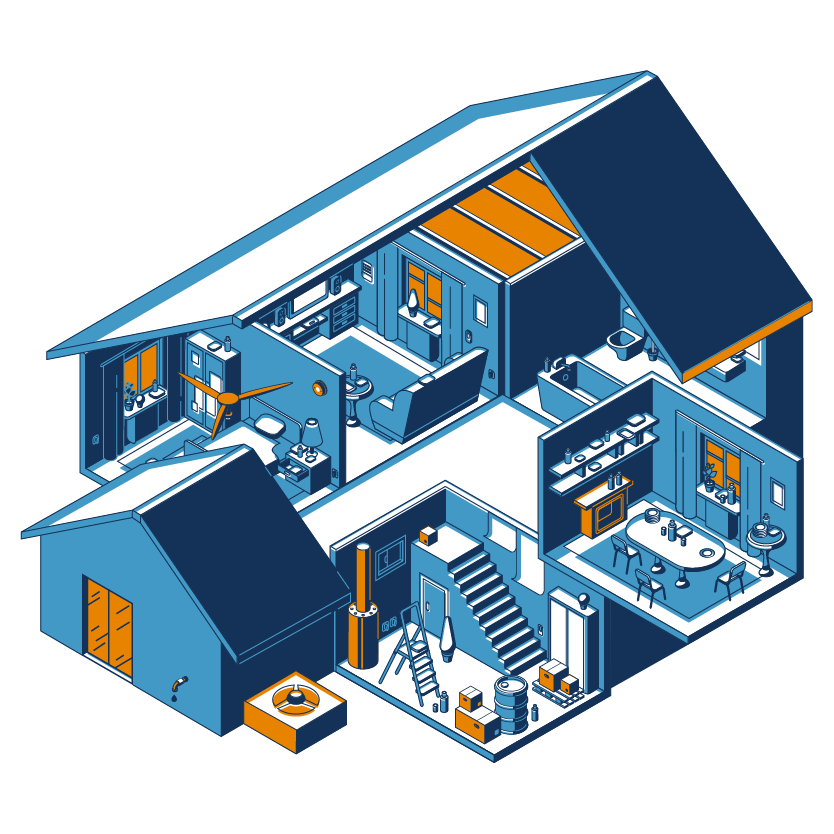In today’s low-inventory real estate market, many home buyers are considering building instead of buying an existing home. Building a house can be a great way to get exactly what you desire for your dream home, especially when the market doesn’t include the style or size of home you’re looking for. Here’s an overview of how construction loans work and how they compare to traditional mortgages.
How construction loans work
Construction financing is a loan provided to build a home from the ground up. It’s important to know that construction loans are not used for rehabilitation, or “rehab” projects on existing homes.
A construction loan works as a line of credit. Funds are advanced to your builder as the work is completed, rather than all up-front. Interest only is paid monthly on the principal balance of the construction loan. For reference, the average home takes four to six months to build (a custom home can take longer) so the line of credit – your construction financing – would remain in place throughout the entire building period.
However, a construction loan is not revolving credit, which is open-ended credit that is available whenever you need it. Unlike revolving credit, construction loans are only available to borrow one time.
How a construction loan compares to a traditional mortgage
Approval for a construction loan is often no more complicated than a traditional mortgage. After the home is built, the construction loan converts from a line of credit – a short-term loan – to your permanent financing, often either a 15-year or 30-year fixed mortgage.
The underwriting process for construction financing is also the same as it would be for a permanent loan. At Bankers Trust, we’ll look at your income, credit score, debt-to-income ratio and other factors, just as we would for any other home financing. In many cases, if you are approved for a mortgage loan, you will be approved for a construction loan as well.
There are some differences between construction loans and mortgage loans you should be aware of. Some of these include:
- Down payments requirements may be higher for construction loans. While mortgage loan options can offer down payments as little as 3-5 percent, the minimum for a construction loan down payment is often higher, typically at least 10 percent, due to the investment in building a brand-new home.
- Interest rates are typically lower for construction financing than permanent loan rates.
Building your dream home is an exciting and rewarding process, and Bankers Trust has the products and expertise to help make it go smoothly. Learn more about our team and contact us to discuss your lending options.








 Equal Housing Lender. SBA Preferred Lender. NMLS #440379
Equal Housing Lender. SBA Preferred Lender. NMLS #440379